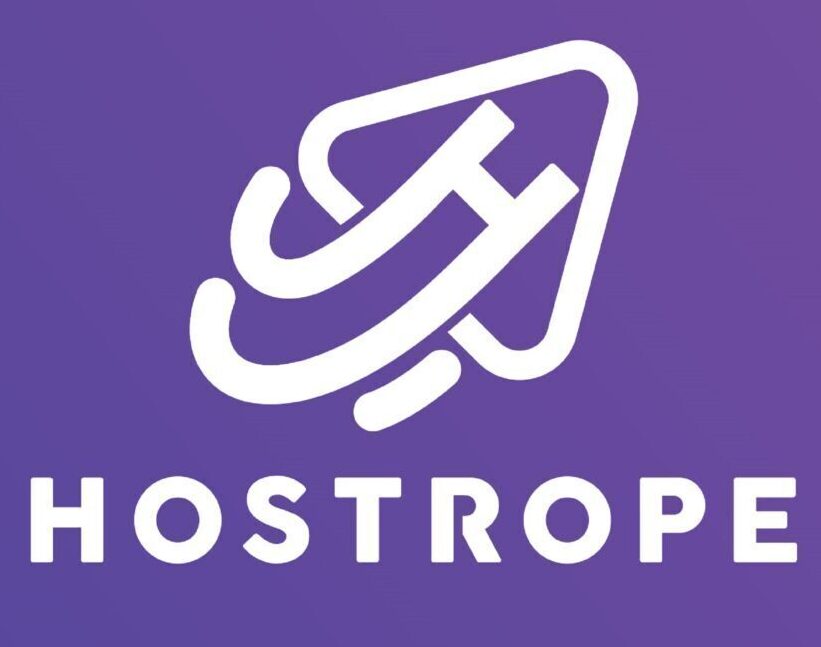A business plan is not just a formality—it’s a blueprint for your eCommerce business’s growth, guiding decisions and helping secure funding. Below is a comprehensive breakdown of each section in your eCommerce business plan, with actionable steps to ensure clarity and effectiveness.
1. Executive Summary
The executive summary sets the tone for your business plan and is often written last, as it summarizes all sections.
- Business Name and Vision:
Example: “EcoFash Co., an online clothing store focused on sustainable fashion for eco-conscious consumers.” - Mission Statement:
Example: “To promote sustainable living by offering affordable, stylish, and eco-friendly apparel to customers worldwide.” - Objectives:
- Launch eCommerce website by [date].
- Achieve 10,000 website visits and $20,000 in sales within the first 6 months.
- Build a customer email list of 5,000 subscribers in the first year.
2. Market Analysis
A thorough market analysis positions your business to capitalize on opportunities and navigate challenges.
- Industry Overview:
Research the state of your industry. Example:
“The global sustainable fashion market is expected to grow at a CAGR of 10% from 2024 to 2030, driven by increasing consumer awareness of eco-friendly practices.” - Target Audience:
Define your audience using these parameters:- Demographics: Age, gender, income, education. Example: Females aged 20–35, earning $40,000–$70,000 annually.
- Psychographics: Lifestyle, interests, values. Example: Environmentally conscious millennials and Gen Z who value sustainable living.
- Pain Points: Identify challenges your product solves. Example: “Many eco-friendly clothing options are expensive or lack style.”
- Competitor Analysis:
- Direct Competitors: Brands selling similar products.
- Indirect Competitors: Alternatives to your product (e.g., thrift stores for sustainable shoppers).
- SWOT Analysis (Strengths, Weaknesses, Opportunities, Threats): Compare your business with competitors.
3. Products and Services
Detail your offerings and their unique value.
- Product Line:
Describe each category. Example:- Tops: Organic cotton T-shirts, bamboo fabric blouses.
- Accessories: Vegan leather bags, recycled jewelry.
- USP (Unique Selling Proposition):
Answer: “Why should customers choose you?”
Example: “Unlike competitors, EcoFash Co. uses 100% organic dyes and offers carbon-neutral shipping.” - Product Lifecycle:
Address how products are sourced, created, and updated. Example:- Sourcing: Partnering with certified organic suppliers.
- Updates: Seasonal launches based on market trends.
4. Marketing and Sales Strategy
A robust strategy ensures visibility and customer engagement.
- Sales Channels:
List all platforms where you’ll sell. Example:- Primary: Your website (built on Shopify or WooCommerce).
- Secondary: Marketplaces like Amazon or Etsy.
- Tertiary: Social media shopping features (Instagram Shop).
- Marketing Tactics:
- SEO (Search Engine Optimization): Target keywords like “affordable sustainable fashion.”
- Content Marketing: Launch a blog with posts like “5 Reasons to Switch to Eco-Friendly Apparel.”
- Email Marketing:
- Welcome series for new subscribers.
- Weekly newsletters with product updates and exclusive discounts.
- Social Media Strategy:
- Platforms: Instagram, TikTok, Pinterest.
- Campaigns: Host giveaways, collaborate with eco-influencers.
- Paid Ads:
- Google Ads: Bid on keywords like “sustainable clothing online.”
- Social Media Ads: Use carousel ads on Instagram to showcase your products.
- Retention Strategies:
- Loyalty programs offering points for purchases.
- Automated post-purchase emails encouraging reviews.
5. Operations Plan
This section focuses on day-to-day and logistical operations.
- eCommerce Platform: Choose a user-friendly, scalable platform. Example: Shopify for ease of use, WooCommerce for customization.
- Order Fulfillment:
- Fulfillment options:
- Self-fulfillment for better control.
- Third-party fulfillment like Fulfillment by Amazon (FBA).
- Shipping: Offer multiple options—standard, expedited, and international.
- Fulfillment options:
- Suppliers and Partnerships: List suppliers and the terms. Example: “Partnership with GreenFibre Co. for organic cotton fabrics.”
- Technology Stack:
- Analytics tools: Google Analytics, Hotjar.
- CRM: HubSpot or Klaviyo for email marketing automation.
- Payment gateways: Stripe, PayPal.
6. Financial Plan
Break down the financial viability of your business.
- Startup Costs: Estimate initial investment.
Expense Cost Website development $3,000 Inventory $5,000 Marketing budget $2,500 Miscellaneous $1,000 Total $11,500 - Revenue Streams: List all income sources. Example:
- Direct product sales.
- Affiliate partnerships.
- Upsells (e.g., bundling products for discounts).
- Pricing Strategy:
- Competitive pricing: Based on competitor research.
- Value-based pricing: Highlight the eco-friendly aspect as a premium.
- Break-Even Analysis: Calculate when your revenue will cover your costs.
- Profit Projections: Include a 12-month sales forecast.
7. Key Metrics for Success
Tracking performance ensures you stay on course.
- Website Traffic: Monthly visits via Google Analytics.
- Conversion Rate: Ratio of visitors to buyers. Aim for 2-3% as a benchmark.
- CAC (Customer Acquisition Cost): Total marketing spend divided by new customers.
- CLV (Customer Lifetime Value): Revenue a customer generates during their relationship with your brand.
- Customer Retention Rate: Percentage of repeat buyers.
8. Appendix
Include supporting documents and additional information. Examples:
- Product mockups.
- SWOT analysis charts.
- Supplier contracts.
- Marketing personas.
Pro Tips for Creating Your Plan
- Use templates or tools like Canva, LivePlan, or Google Slides to format your business plan professionally.
- Regularly update your plan as your business grows or the market changes.
- Share the plan with trusted advisors or mentors for feedback.
With this detailed guide, you’re well on your way to crafting a business plan that ensures your eCommerce venture is positioned for success.










